For billions of years, Earth has been shaped by celestial impacts that have left remarkable scars across its surface. These impact craters, some spanning hundreds of kilometers, tell stories of collisions with ancient meteors and comets. Each crater reveals vital clues about Earth’s past and the tremendous forces that molded it. Here’s a look at the largest impact craters worldwide and what makes each unique.
Vredefort Crater – South Africa
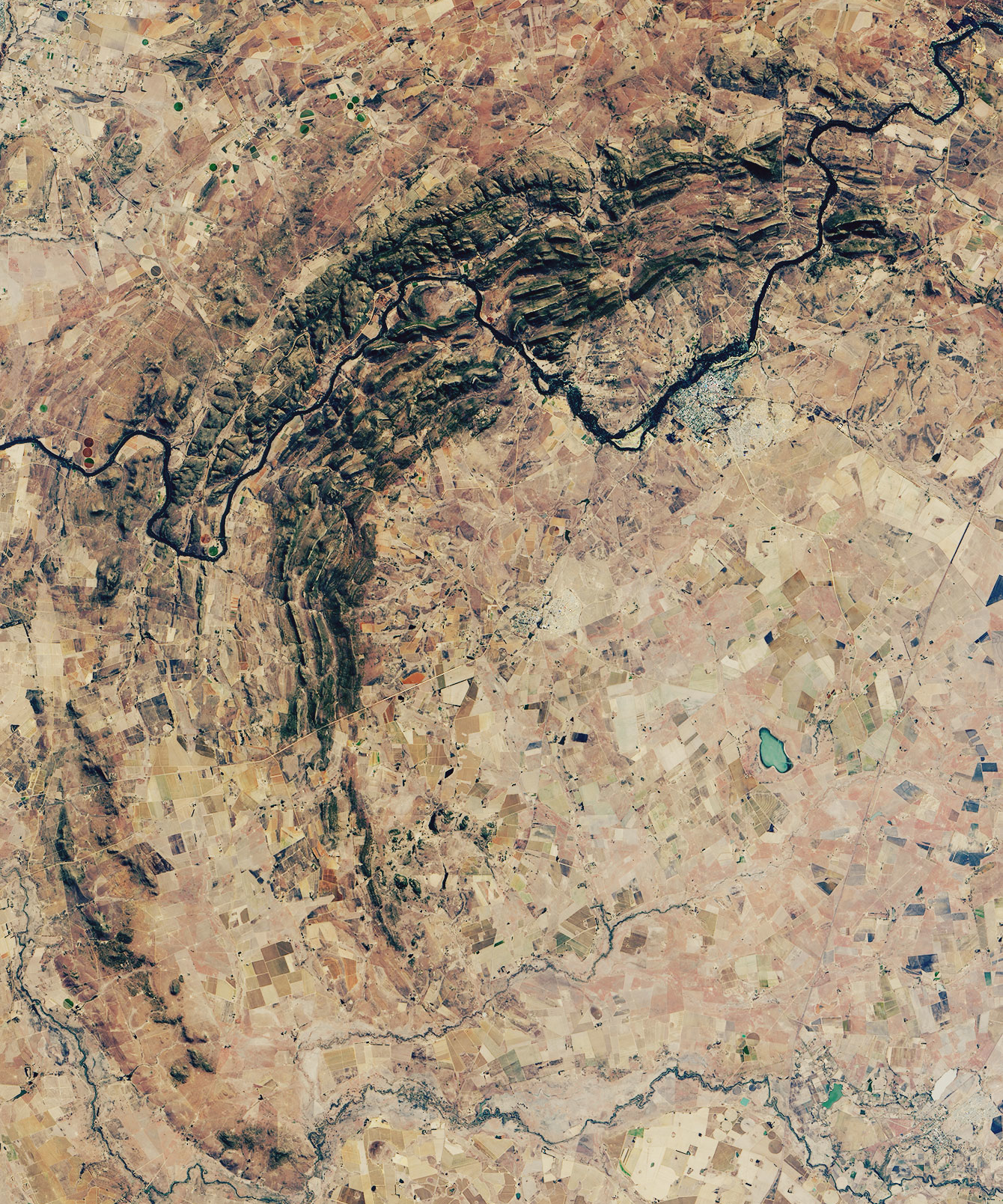
The Vredefort Crater, nestled in South Africa, holds the title as the world’s largest confirmed impact crater. It measures an impressive 300 kilometers across and is believed to be over two billion years old. Located near the town of Vredefort, this massive formation was left by an asteroid estimated to be at least 10 kilometers wide. It now forms part of a UNESCO World Heritage Site due to its significant geological value. The original impact’s intensity deformed the surrounding rocks, creating a prominent ring structure visible today. The crater is partially eroded, but its sheer size remains striking.
Sudbury Basin – Canada
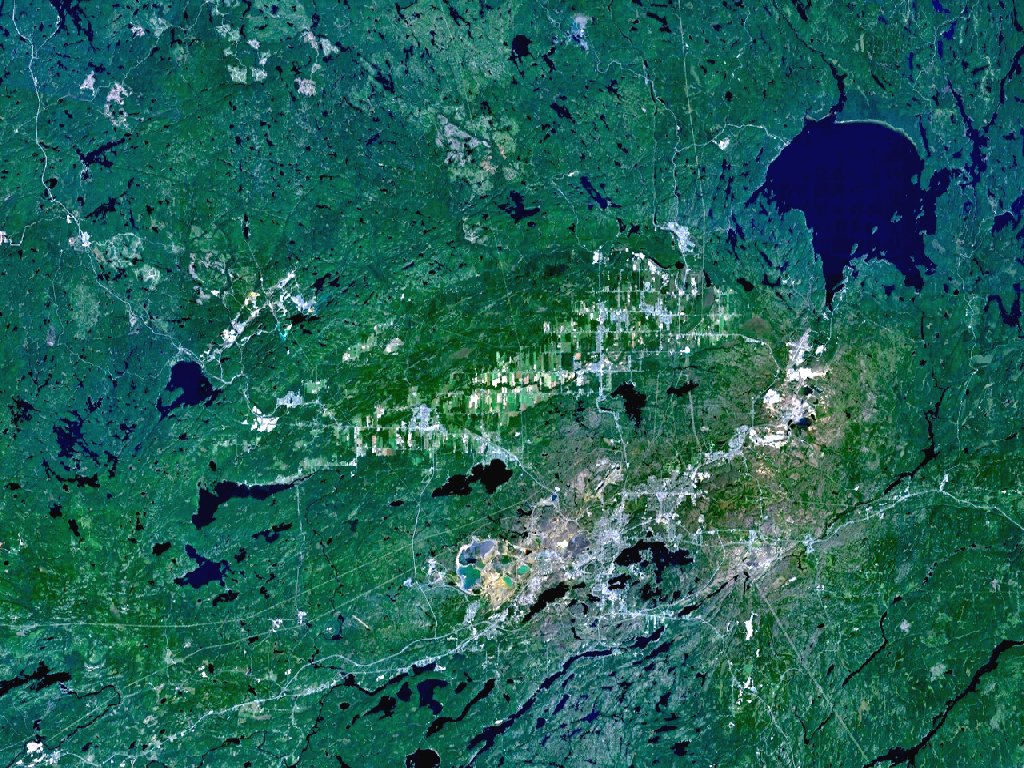
Sudbury Basin in Ontario, Canada, spans 130 kilometers, making it one of the world’s largest craters. Formed around 1.85 billion years ago, it resulted from a massive asteroid impact that melted rock and created one of the planet’s richest mineral deposits. Nearby, the city of Sudbury sits on the basin’s edge, benefiting economically from this rich metal source. The crater’s distinctive oval shape hints at a glancing blow rather than a direct hit. Today, Sudbury’s mines are renowned for nickel and other valuable ores, all thanks to this ancient collision.
Acraman Crater – Australia
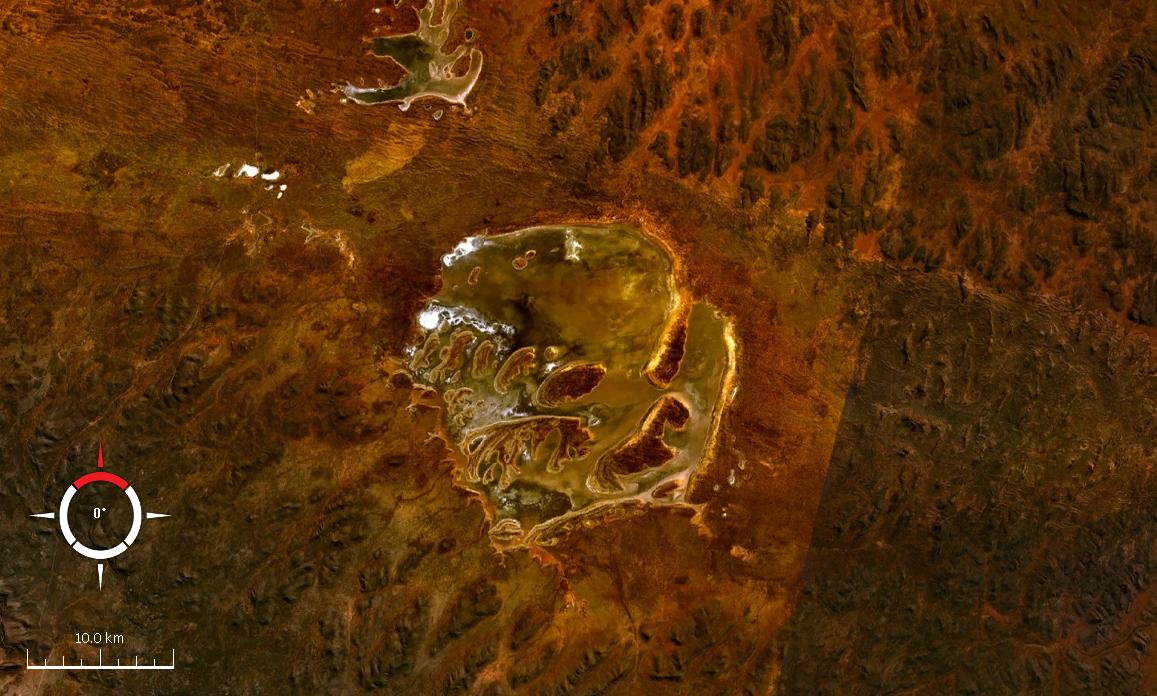
Acraman Crater is located in South Australia and measures approximately 90 kilometers in diameter. Situated within Lake Acraman, this crater is thought to be over 580 million years old. The impact was powerful enough to scatter rock debris across hundreds of kilometers, with fragments found in the Flinders Ranges. Although heavily eroded, its faint rings and disturbed rocks mark the impact zone. The surrounding area is a remote desert, adding to the crater’s rugged, isolated appeal. The site provides valuable insights into early Earth’s environment.
Chicxulub Crater – Mexico
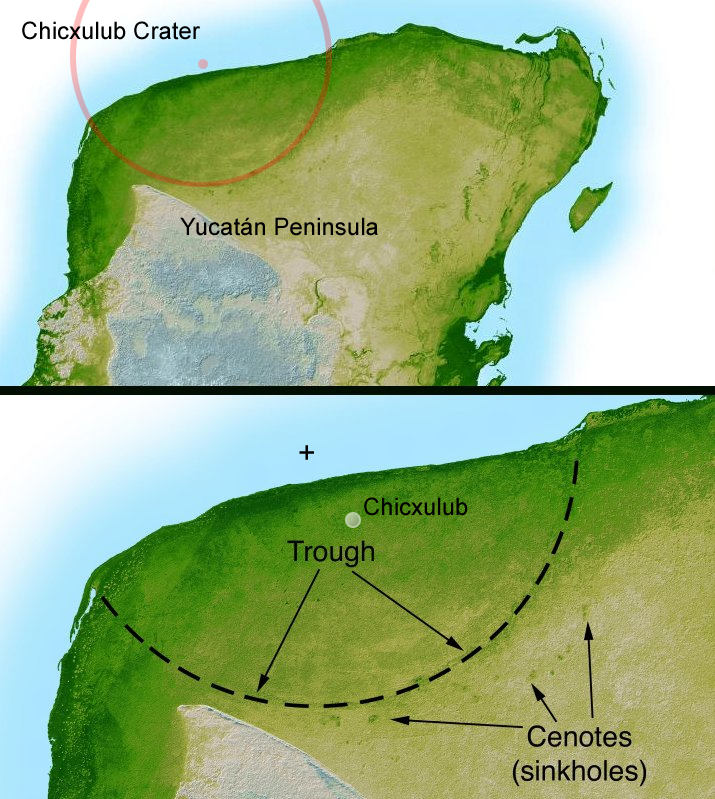
The Chicxulub Crater, located near Mexico’s Yucatán Peninsula, is around 180 kilometers wide. It dates back 66 million years and is famously associated with the extinction of the dinosaurs. This immense crater formed after a 10-15 kilometer-wide asteroid struck Earth with incredible force. Parts of the crater lie beneath the Gulf of Mexico, with the remainder inland. Towns such as Mérida are close to the impact site, where scientists study the crater’s effects. The impact created a worldwide layer of iridium, marking a significant shift in Earth’s geological history.
Popigai Crater – Russia
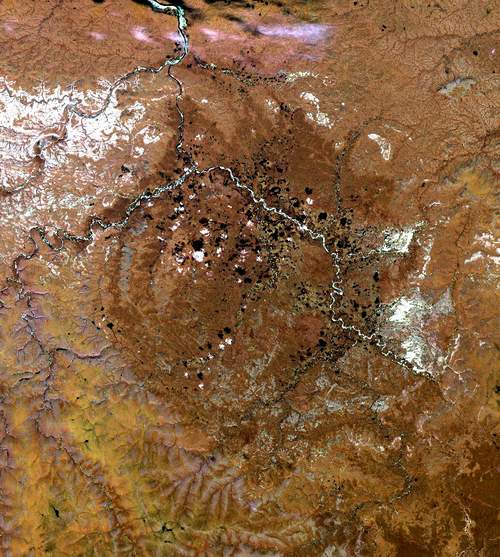
Popigai Crater in Siberia, Russia, spans about 100 kilometers, making it one of the largest craters in Asia. Created roughly 35 million years ago, it resulted from a high-velocity impact that formed a vast field of diamond-bearing rock. The crater’s remote Arctic location makes access challenging, adding to its mystique. Surrounding areas are sparsely populated, with few nearby landmarks. Researchers believe the shock pressure transformed carbon in the rock into diamonds, making Popigai Crater a unique scientific and economic interest.
Manicouagan Crater – Canada
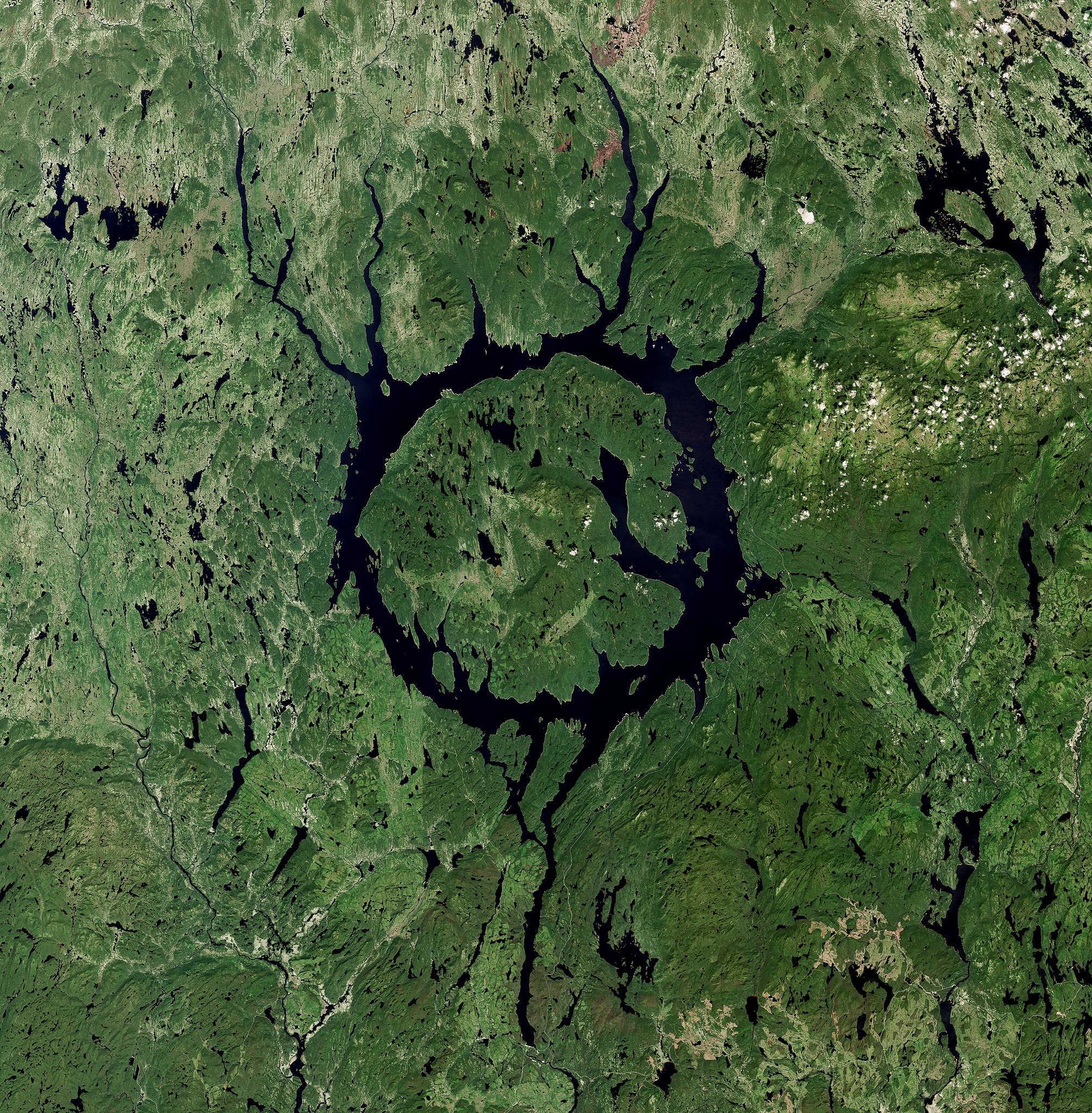
Located in Quebec, Canada, Manicouagan Crater stretches approximately 100 kilometers. Formed around 214 million years ago, it’s known for its distinctive, visible ring structure filled by the Manicouagan Reservoir. The crater’s lake creates a “ringed” appearance that stands out in satellite images. The impact was so intense it melted surrounding rock, creating a lasting geological signature. This isolated region is bordered by forests and mountains, with limited human settlements. Manicouagan ranks among the most visually unique craters on Earth.
Morokweng Crater – South Africa
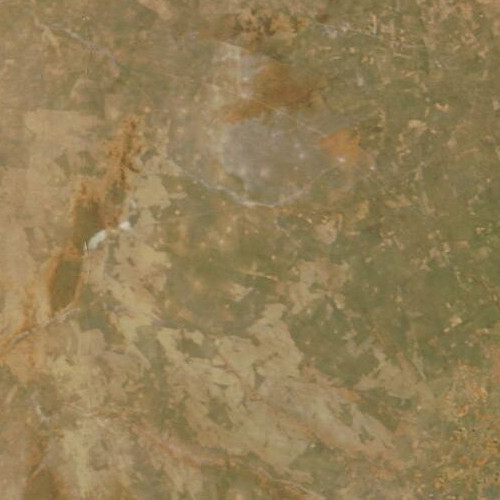
Morokweng Crater, situated in South Africa’s North West Province, is about 70 kilometers wide. Estimated to be around 145 million years old, the crater lies hidden beneath layers of rock and sediment. Although not visible on the surface, researchers have identified meteorite fragments in the subsurface rocks. Its discovery was a breakthrough in studying buried impact structures. Near the Kalahari Desert, the crater site offers important geological information on impact events. Scientists continue to uncover its hidden secrets beneath the desert sands.
Kara Crater – Russia
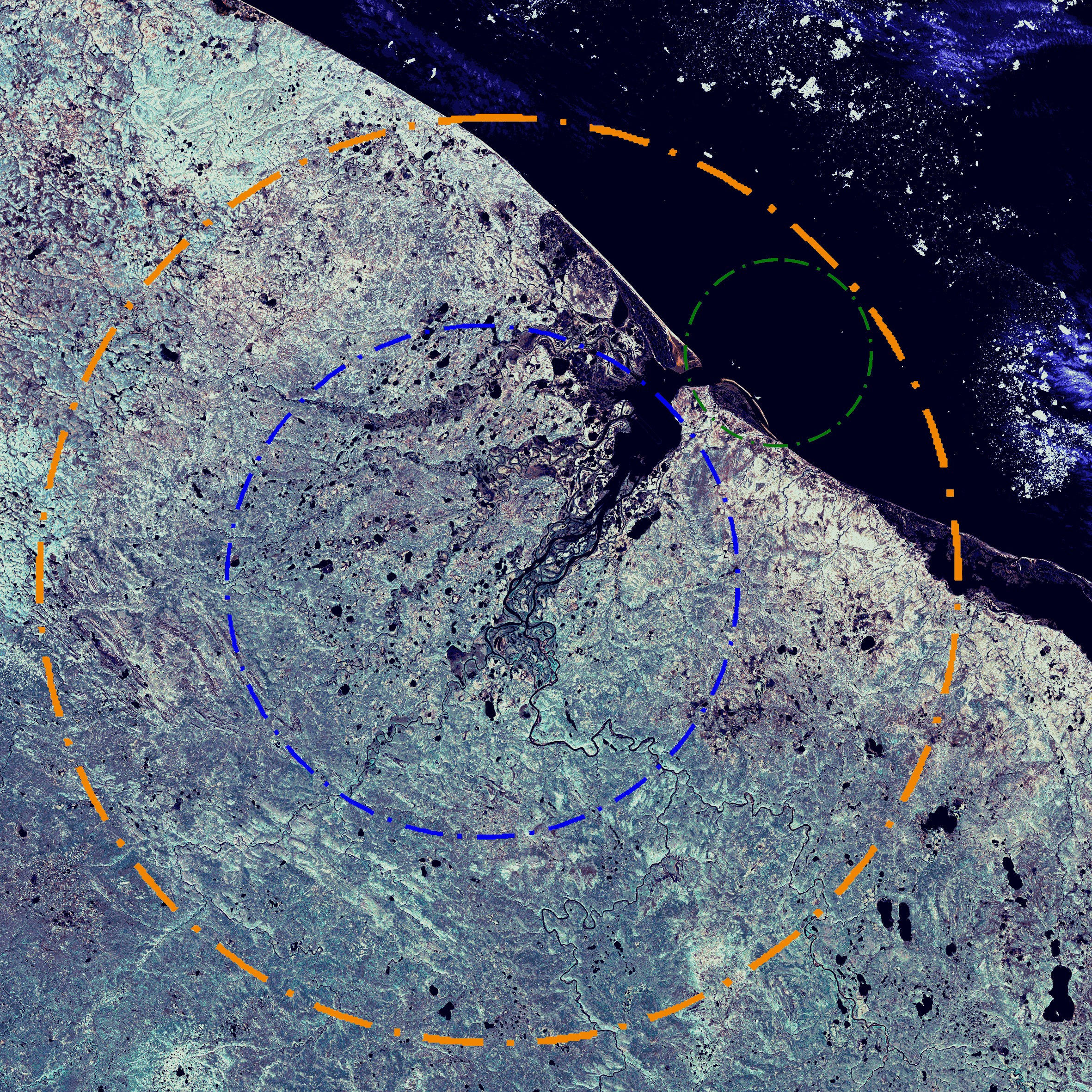
The Kara Crater, located on the Russian Arctic coast, has a diameter of approximately 65 kilometers. Formed around 70 million years ago, it’s one of Russia’s more remote craters, bordered by rugged tundra and sparse settlements. The impact generated significant upheaval in the area’s geological landscape. Scientists initially believed Kara to be part of a double crater, although recent studies suggest it’s a single large impact. The crater’s extreme weather conditions make it challenging to access, adding to the mystique of this ancient site.
Siljan Ring – Sweden
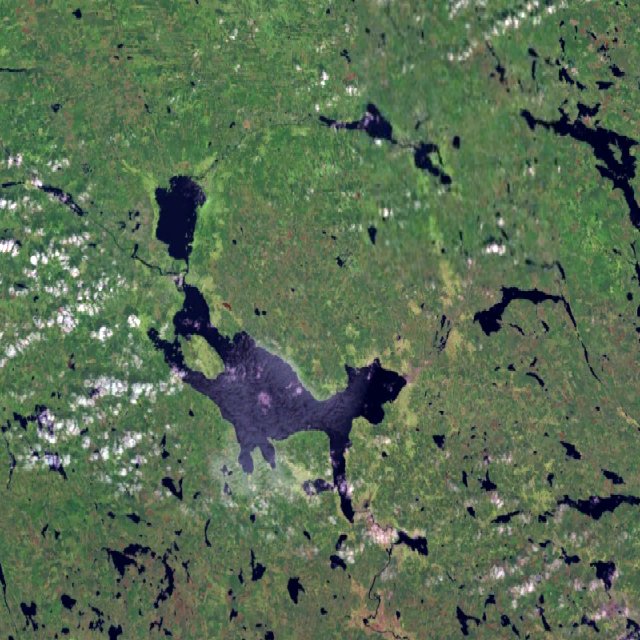
Siljan Ring, the largest impact crater in Sweden, spans about 52 kilometers. Formed around 377 million years ago, it lies in central Sweden, near Lake Siljan, which partly fills the crater. Its ring-shaped structure marks the impact site, surrounded by scenic forests and small towns. The crater’s rock layers have attracted scientists interested in studying geological formations caused by impacts. The site is also rich in minerals, making it a valuable location for research and resource extraction. Visitors to the area experience the scenic beauty shaped by this ancient collision.
Chesapeake Bay Crater – USA
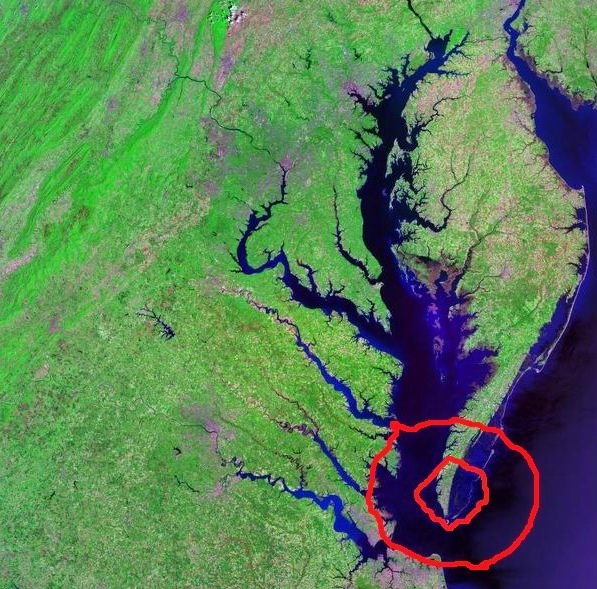
The Chesapeake Bay Crater lies buried beneath the eastern coast of the United States in Virginia. It spans approximately 85 kilometers and is estimated to be around 35 million years old. Created by a high-speed asteroid impact, this crater left its mark deep below sea level. Layers of rock and sediment now cover much of the crater, concealing its impact ring. The crater’s location lies near the Chesapeake Bay, from which it takes its name. Scientists discovered it in the 1980s while researching freshwater contamination in the area. This crater plays a crucial role in understanding the effects of impacts on coastal landscapes.
Charlevoix Crater – Canada
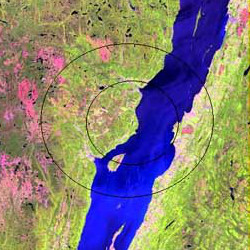
Charlevoix Crater, located in Quebec, Canada, has a diameter of about 54 kilometers. Formed around 342 million years ago, this crater is now partially eroded but still visible in the Charlevoix region. The original impact destroyed rock formations, creating a unique landscape with cliffs and valleys. Today, the area is known for its scenic beauty, attracting tourists to Charlevoix National Park nearby. Researchers study the site’s disturbed rock layers to better understand ancient meteor impacts. The crater remains a significant geological site in eastern Canada.
Shoemaker Crater – Australia
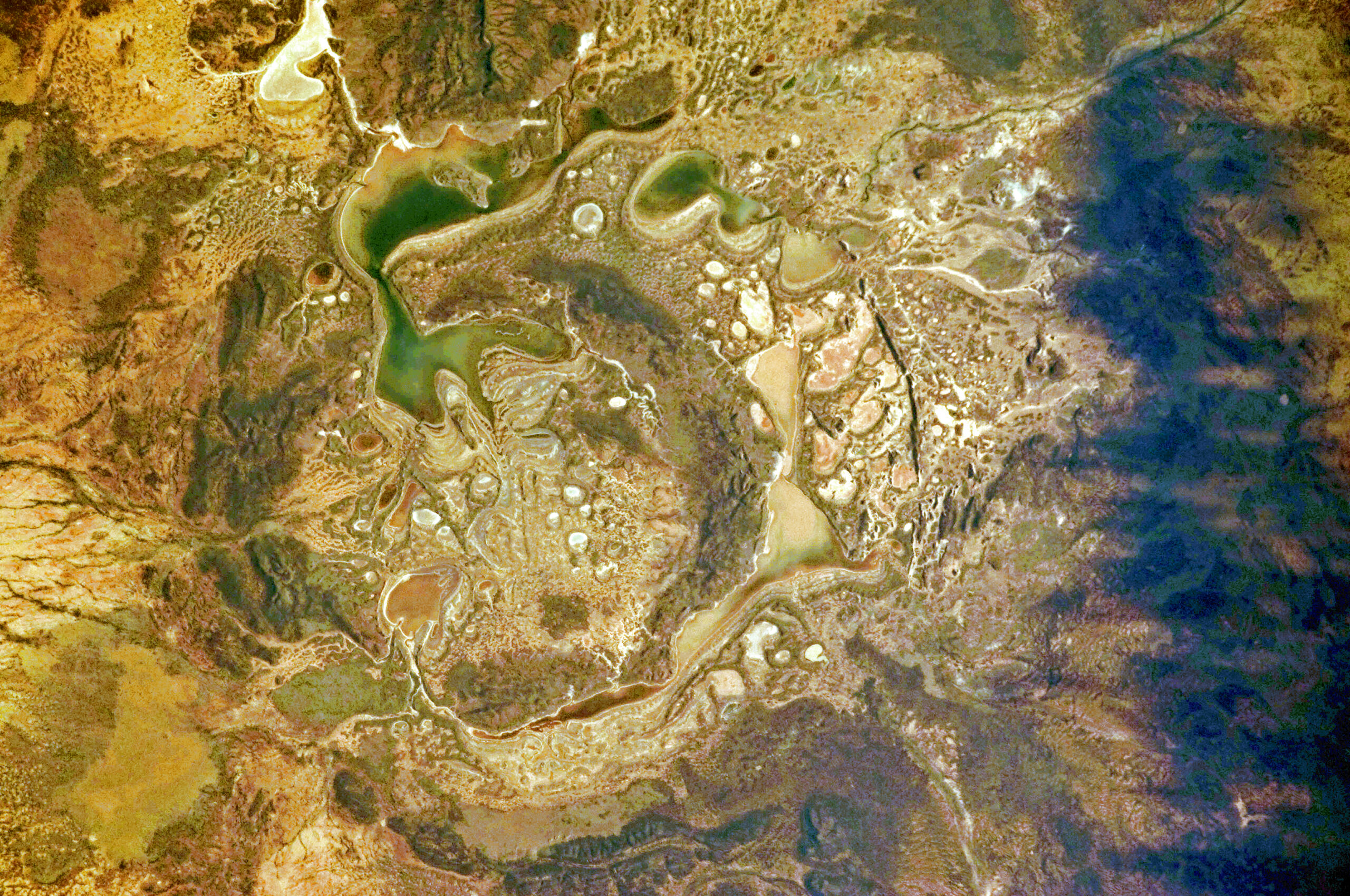
Shoemaker Crater, found in Western Australia, spans roughly 30 kilometers in diameter. It’s estimated to be about 1.63 billion years old, making it one of Earth’s oldest recognized impact structures. Named after renowned geologist Eugene Shoemaker, the crater rests in a remote desert region. Erosion has shaped and altered the crater, but traces of its original structure still remain. The surrounding area, known for unique rock formations, attracts researchers interested in early Earth geology. Shoemaker Crater provides key insights into ancient impacts on our planet’s surface.
Puchezh-Katunki Crater – Russia
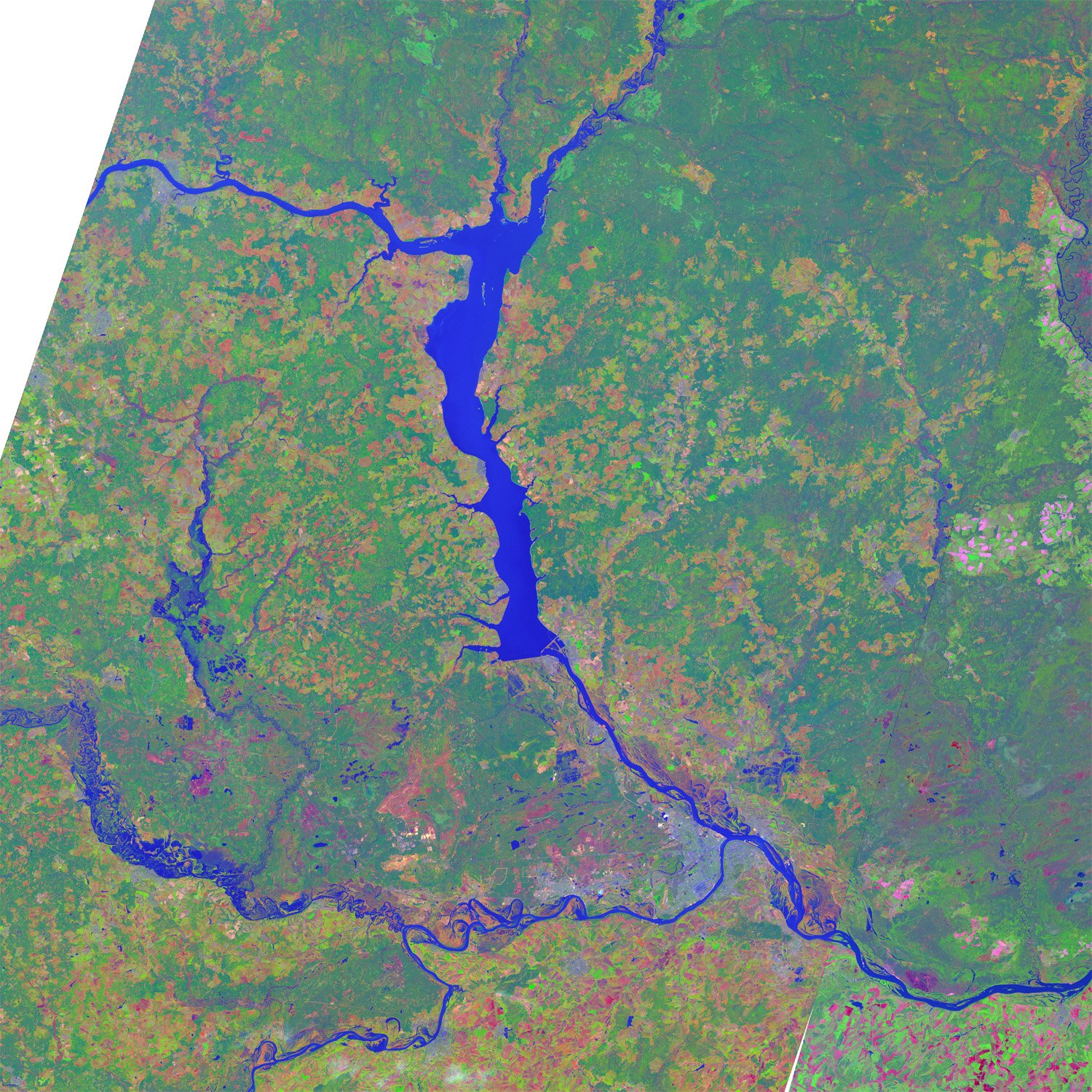
Puchezh-Katunki Crater, situated in western Russia, measures around 80 kilometers across. Formed approximately 167 million years ago, it now lies mostly buried beneath layers of soil and vegetation. The impact site lies near the Volga River, where fragments of the structure have been uncovered. Though not visible from the surface, drilling projects have revealed valuable geological information from deep within the crater. The region around it is sparsely populated, making exploration challenging. This crater continues to provide insight into the impacts that shaped early Russian landscapes.
Carswell Crater – Canada
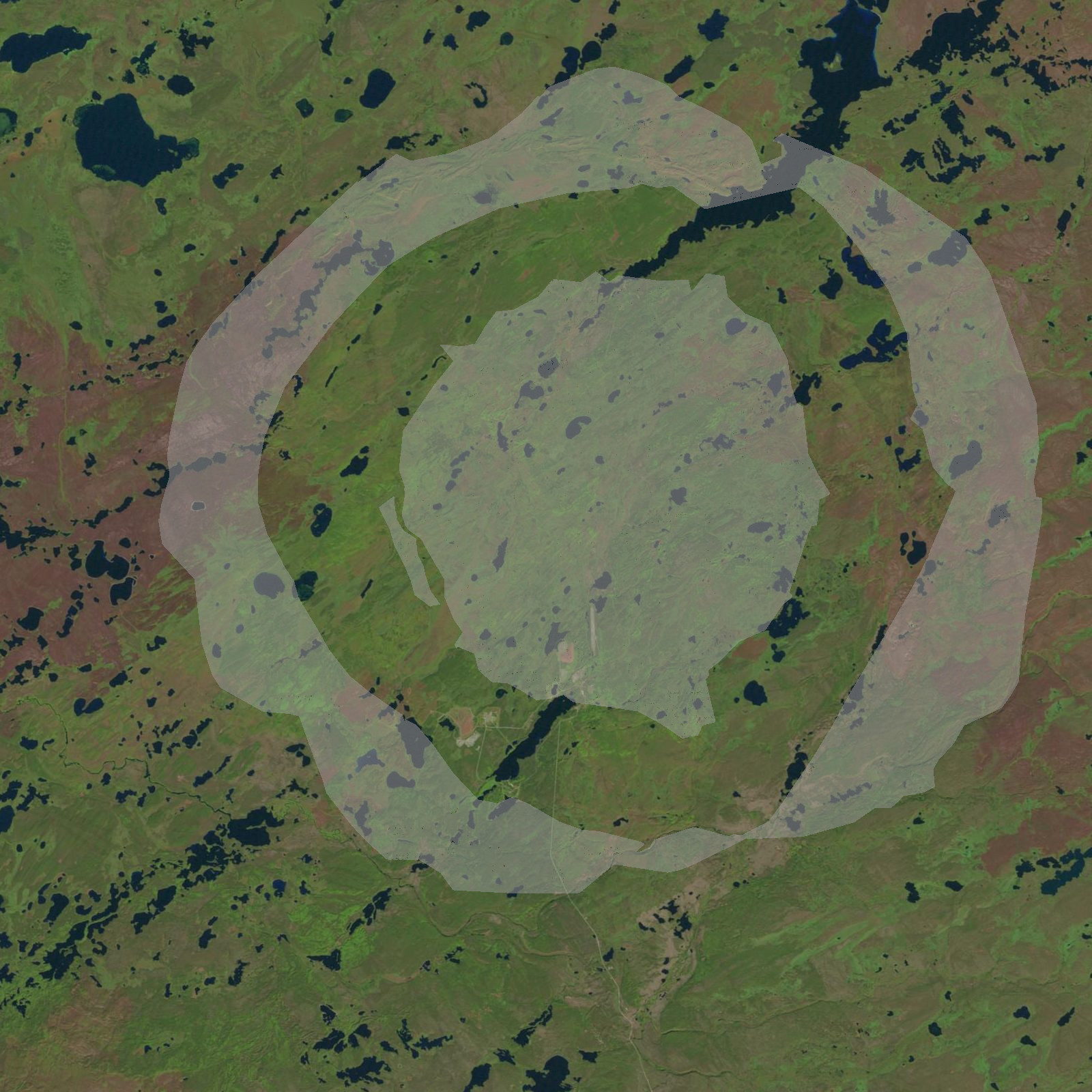
Carswell Crater in northern Saskatchewan, Canada, spans roughly 39 kilometers. Believed to be around 115 million years old, it’s a partially exposed impact crater in the Athabasca Basin. The crater is home to valuable uranium deposits, which have driven significant mining activity in the region. The surrounding forests and lakes make it a scenic yet remote geological landmark. Despite erosion, parts of the crater’s rim remain visible and accessible. Carswell Crater is an important site for geological and mineral resource studies in Canada.
This article originally appeared on Rarest.org.
More from Rarest.org
10 Oldest Churches in the World

Throughout history, churches have served as spiritual centers and architectural marvels, reflecting the religious, cultural, and historical significance of their time. Read More.
10 Largest Lego Sets Ever Made

LEGO has produced some truly massive and intricate sets over the years, captivating builders with iconic recreations of famous landmarks, movie scenes, and imaginative designs. Read More.
10 Oldest Castles in the World
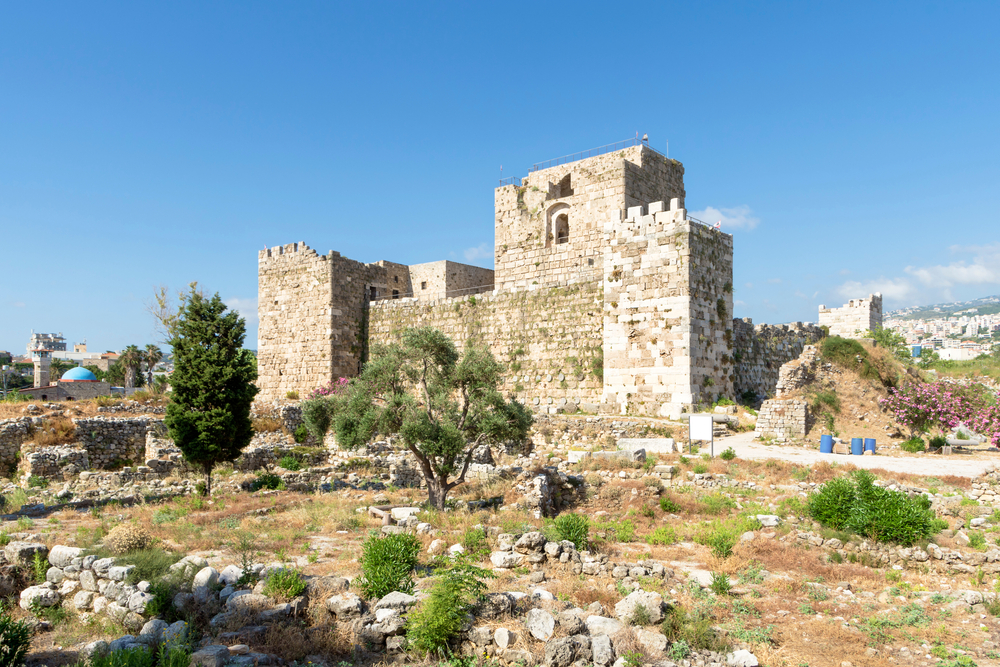
Castles are some of the most enduring symbols of history, offering a glimpse into the past through their architecture and stories. Read More.
